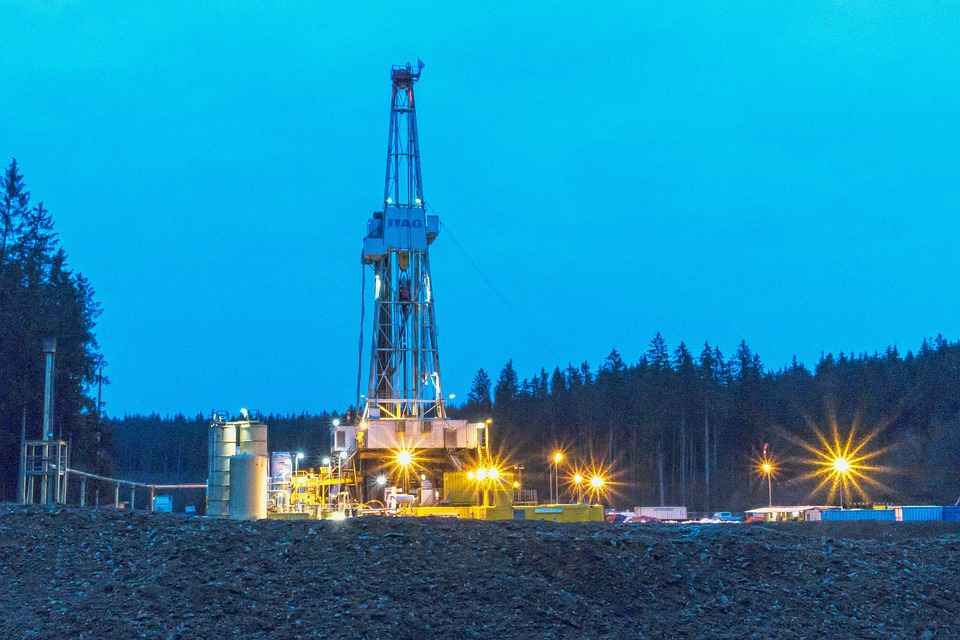Geothermal energy is a renewable source of energy that is generated from the heat of the Earth’s core. It is a clean and sustainable source of energy that has the potential to supply a significant proportion of the world’s electricity needs. In this article, we will explore how geothermal energy works step by step.
Step 1: Understanding Geothermal Energy
The Earth’s core is a hot and molten mass of rock and metal that generates heat through the process of radioactive decay. This heat is transferred to the Earth’s surface through a process called conduction.
The temperature at the Earth’s core is estimated to be around 6,000°C (10,832°F) and the temperature at the surface varies depending on the location and time of day.
Geothermal energy is generated by harnessing the heat from the Earth’s core. This heat can be accessed through natural geothermal systems such as hot springs, geysers, and steam vents or through artificial geothermal systems that involve drilling into the Earth’s crust to access the heat.
Step 2: Drilling into the Earth’s Crust
To access geothermal energy, a geothermal power plant must first drill deep into the Earth’s crust. The depth of the drill will depend on the location and geology of the site, but typically the drill will reach a depth of several thousand feet.
Once the drill has reached the required depth, a well is installed to allow the flow of water or steam to the surface. In some cases, multiple wells may be drilled to maximize the flow of geothermal fluid.
Step 3: Extracting the Geothermal Fluid
The geothermal fluid is a mixture of water and steam that is heated by the Earth’s core. It is extracted from the well and transported to the surface using pumps. The temperature of the geothermal fluid will vary depending on the location and depth of the well.
Step 4: Separating the Steam from the Water
The geothermal fluid is separated into its component parts of steam and water. This is typically done using a separator tank, where the steam rises to the top and the water settles at the bottom.
Step 5: Power Generation
The steam is then used to power a turbine, which is connected to a generator to produce electricity. The water is returned to the geothermal reservoir through an injection well to maintain the pressure and temperature of the reservoir.
MUST READ: Solar Energy Benefits To The Environment
Step 6: Reusing the Geothermal Fluid
Once the steam has been used to power the turbine, it is cooled and condensed back into the water. The water can then be reused in the geothermal system, reducing the need for additional water resources.
Step 7: Monitoring and Maintenance
Geothermal power plants require regular monitoring and maintenance to ensure that they are operating efficiently and safely. This includes monitoring the temperature and pressure of the geothermal fluid, as well as maintaining the wells, pumps, and turbines.
Advantages of Geothermal Energy
There are several advantages to using geothermal energy as a source of electricity:
- It is a renewable and sustainable source of energy that does not produce greenhouse gas emissions.
- It has a small environmental footprint and does not require large areas of land to produce electricity.
- It is reliable and predictable, as the heat from the Earth’s core is constant and does not depend on weather conditions.
- It can be used for heating and cooling, as well as electricity production, making it a versatile source of energy.
- It can be produced locally, reducing the need for long-distance transmission lines and increasing energy security.
Disadvantages of Geothermal Energy
There are also some disadvantages to using geothermal energy:
- It can only be used in certain locations where the Earth’s heat is close to the surface.
- The drilling and installation of geothermal systems
- can be expensive and time-consuming.
- The geothermal fluid can contain minerals and chemicals that can be harmful to the environment if not properly managed.
- The production of geothermal energy can cause subsidence, where the land sinks as the heat is extracted from the Earth’s crust.
- The availability of geothermal energy can be affected by the depletion of the geothermal reservoir over time.
- Conclusion
- Geothermal energy is a renewable and sustainable source of energy that has the potential to provide a significant proportion of the world’s electricity needs. By harnessing the heat from the Earth’s core, geothermal power plants can produce electricity that is reliable, predictable, and environmentally friendly.
- However, the production of geothermal energy requires careful management and monitoring to ensure that it is both safe and sustainable. Despite the challenges, the potential benefits of geothermal energy make it a promising source of energy for the future.


Drop Your Comments, What do you think About The Article?